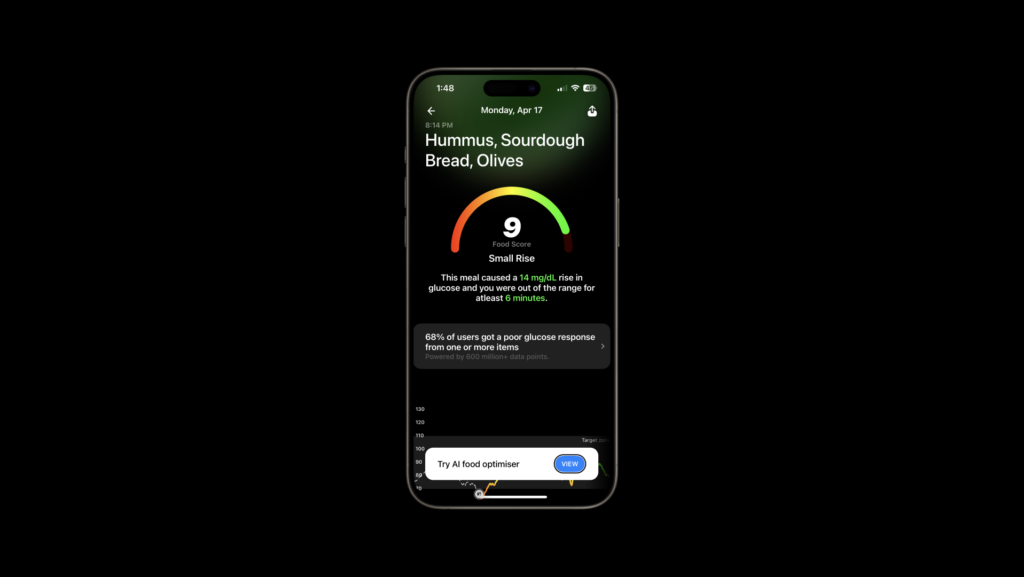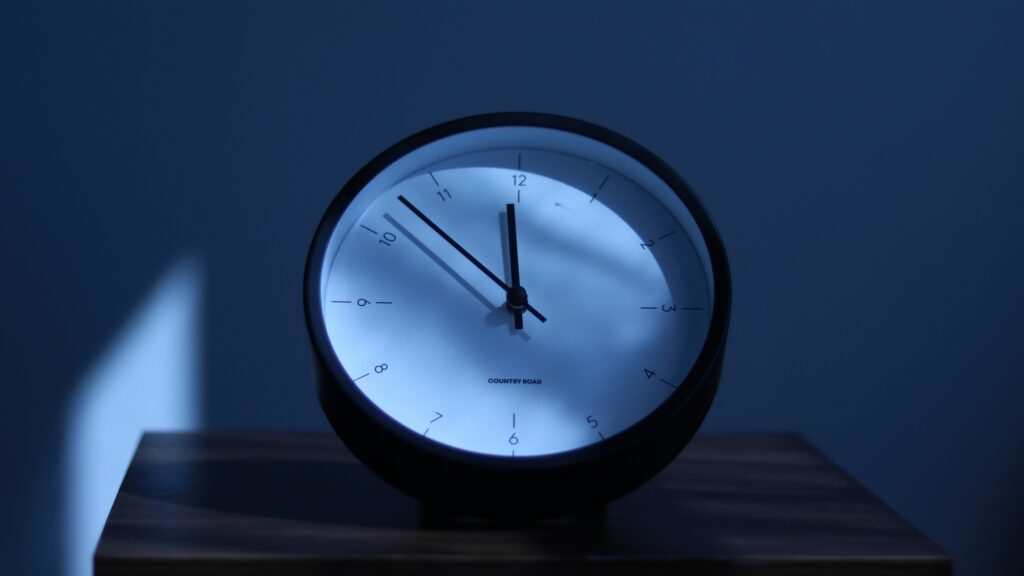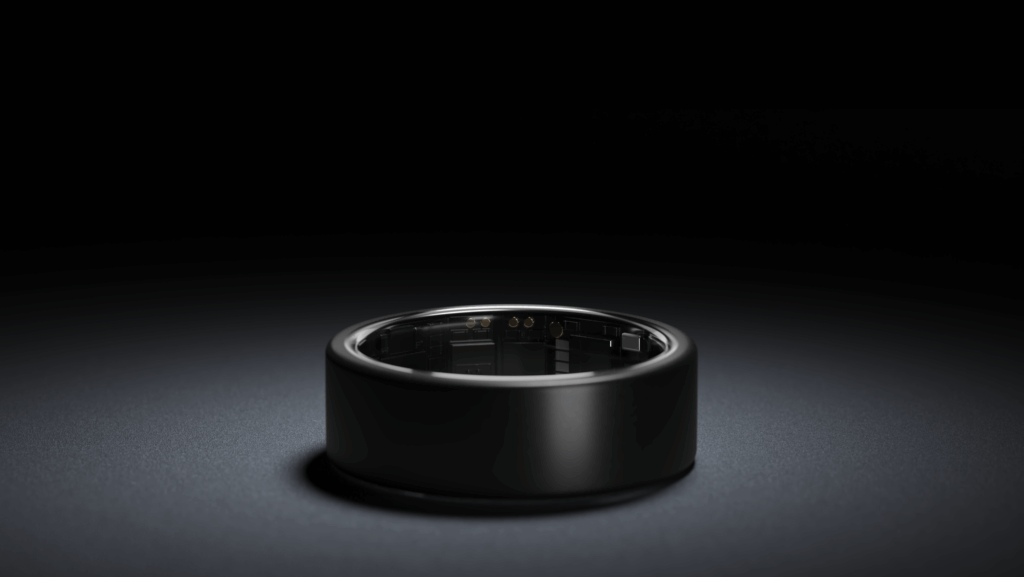Foods that give you a high glucose spike and keep your glucose levels outside the target range (70-110 mg/dL) get a lower food score. These tips will help you to optimize these foods:
Walk after a meal
Walking for at least 10-15 minutes after a meal is shown to reduce your glucose spikes post a meal. Since walking relies on aerobic metabolism, which draws upon glucose in combination with fatty acids and protein in the body, you burn glucose at a moderate rate to curb a spike in glucose production without triggering its production further.
Exercise before a meal
Moderate to High-Intensity workouts before a meal have been shown to result in a lower glucose response, i.e. a better food score. With regular exercise, your body becomes more insulin-sensitive, which means that your glucose response will be better than usual.
Add more complex carbs to your meal
Complex carbs could include whole food grains like quinoa, buckwheat, and whole wheat items. These do not spike your glucose.
Add more fiber and protein to your meal
Adding fiber and protein to your meal creates the hypercompensation effect that smoothens the glucose response curve.
Fermented foods
Fermented foods like sourdough bread might have a slightly better glucose response than their non-fermented versions.
Hack
Drinking 1 tbsp of apple cider vinegar diluted in warm water pre-meal will smoothen the glucose crash.
Eat your meals early in the day
Meals eaten late at night or just before sleep will be metabolized slowly and keep your glucose levels high for a longer time.
Experiment with reduced portion size
Try experimenting with reducing the portion size, as that might help you achieve a better food zone score.
Finally, The sequence of foods sorted by a lower probability of low food scores is → Fiber > Fats > Protein > Carbs > Simple Sugar. Eat your meals in the above sequence to improve the glucose response.








